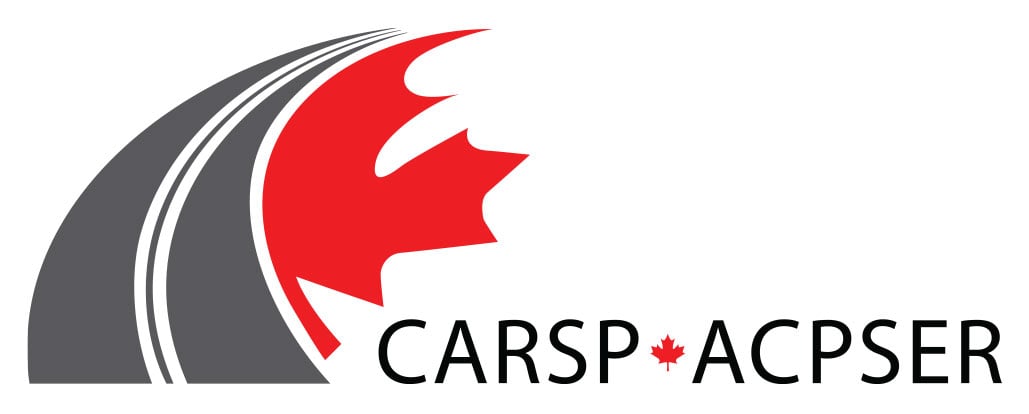Harm Reduction as a Strategy to Decrease Cannabis Impaired Driving
Author(s): Larke
Slidedeck Presentation:
CARSP Sylvia Larke - HR as a Strategy to Prevent Cannabis Impaired Driving
Abstract:
Context:
- One in four teens drive within two hours of using cannabis. Moreover, 45% of Canadians who have died in a vehicle crash with drugs in their system have tested positive for cannabis. In response to this public safety issue, Springboard (a Toronto-based non-profit) created Weed Out the Risk (WOTR).
- WOTR is workshop that uses a harm reduction approach to inform youth of the risks of cannabis-impaired driving. The workshop equips them with the practical skills to prevent and respond to cannabis-impaired driving.
- Since 2018, Springboard has partnered with MADD for the delivery of the program in high schools. Eighty nine percent of WOTR participants stated that they had a better understanding of how cannabis affects them.
Objectives:
We are trying to achieve reduced rates of impaired driving in Canada by providing youth with the life skills to recognize and prevent impaired driving using the educational strategy of harm reduction.
Target Group:
Youth all across Canada 13-24 years old in the class room.
Activity(ies):
WOTR is an education program developed by Springboard and delivered in facilities where youth access services by trained community service partners, MADD, educators and law enforcement.
The program has been reviewed by a third party consultant for three-years, an Indigenous consultant, and youth participants. The program provides education by allowing youth the freedom to ask questions, share the knowledge and experiences.
Deliverables:
- Nine out of 10 youth said that they had increased awareness about the consequences of cannabis-impaired driving. Eighty four percent of participants said that they would recommend WOTR to other young people.
- This information can be applied to future road safety work and education strategies with youth.
- Some key outputs that came from this is work are that (1) using a variety education strategies is effective (games, quizzes, discussion role play, media etc.) and (2) small class sizes are key for allowing youth to steer the conversation and answer the questions they don't normally feel comfortable asking.
